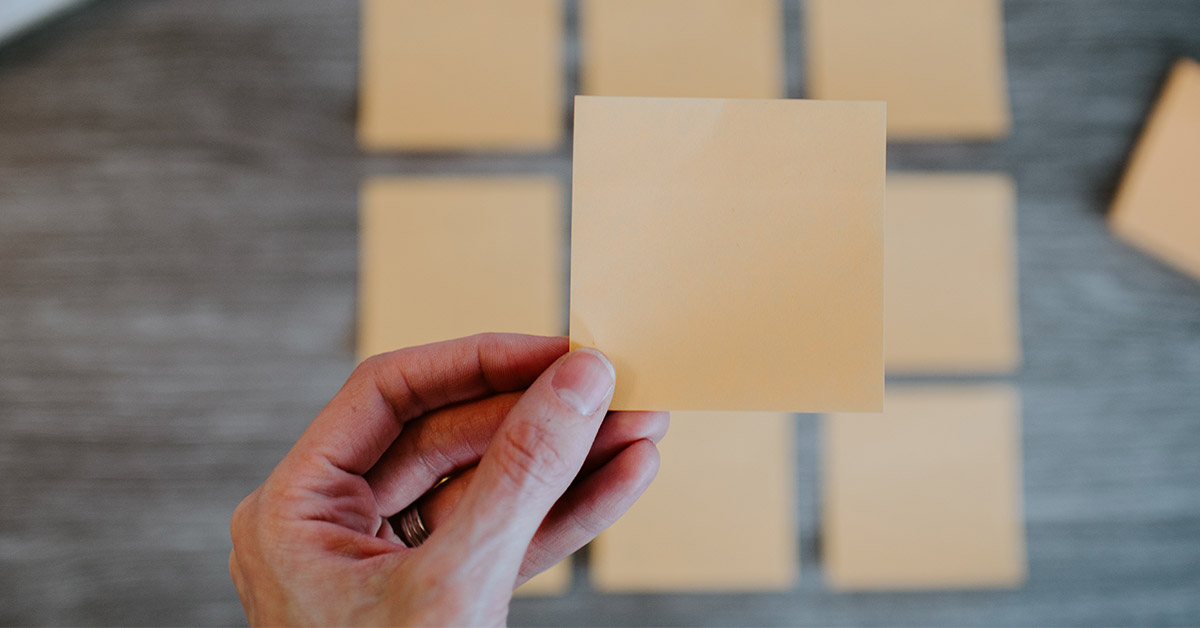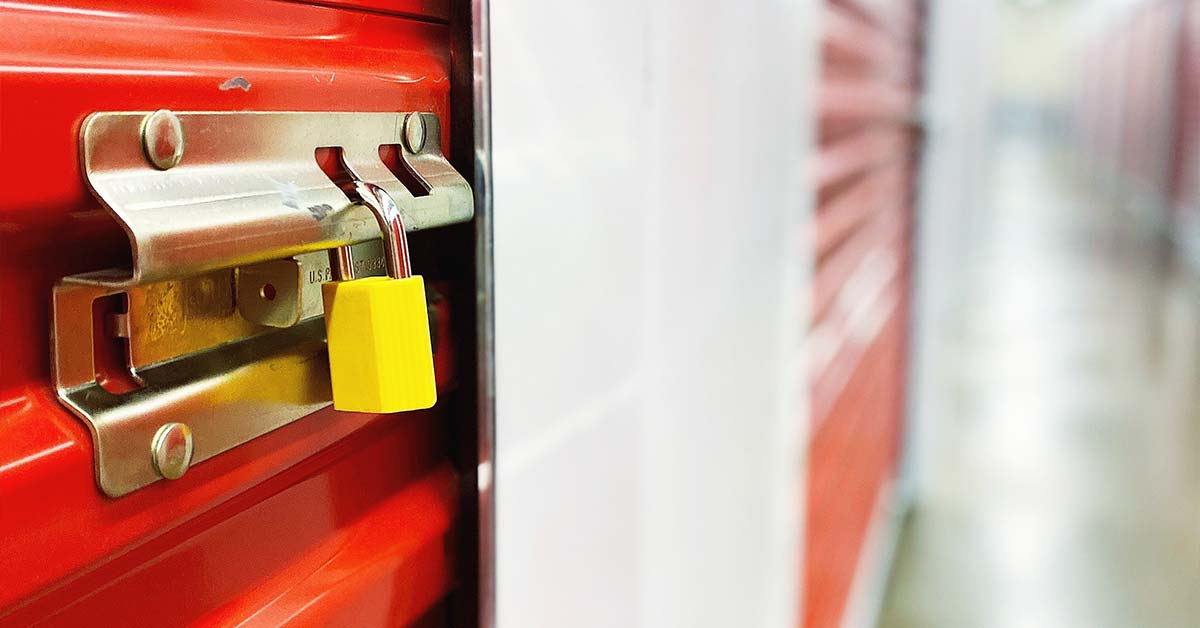To help you maximize the space you have, we have come up with six storage tips you can use, including renting a storage unit, leveraging vertical storage, and more. Check them out!
With many homeowners downsizing and choosing more compact and cozier homes, finding additional storage space around the house to put items away can be challenging. To help you maximize the space you have, we have come up with six storage tips you can use, including renting a storage unit, leveraging vertical storage, and more. Check them out!
Rent a Storage Unit
Renting a storage unit in Vancouver or Burnaby is the best solution for your storage needs. By renting a storage unit that is approximately the size of a closet or slightly bigger than a storage unit, you will gain enough space to fit items that you have laying around your home.
To start, you can rent a 5 x 5 feet unit, which is equivalent to a regular closet. If you only have a few items around your home to store, the 5 x 5 feet storage unit will surely meet your needs! If you have more items to store and need a bigger space, you can rent a 5 x 7 feet storage unit.
Additionally, we have a 5 x 10 feet storage unit available. This storage unit size is equivalent to a walk-in closet and it is ideal for those who want to store documents, clothes, spare pillows, or other home items.
Renting a storage unit at U-Lock Mini Storage Burnaby is a top solution for your storage needs because you can choose a storage unit size that fits your demand, select a rental period based on your needs since we offer month-to-month contracts, and you will be storing your belongings in a secured, gated facility, which is monitored 24/7 with a digital surveillance system.
Shelving Above Toilets
Nothing is worse than a tiny bathroom overrun with towels on the floor and toiletries stuffed under the vanity. To keep your bathroom and powder rooms clutter-free, we suggest adding shelving above the toilet. If you are renting and unable to install free-floating shelves on the walls, you can try using a stand-alone shelf unit that fits over the toilet.
This extra storage frees up floor space in the bathroom, as well as shelf space inside your vanity.
Storage Beds
Do not waste precious bedroom space with armoires and dressers. Instead, opt for a storage bed when downsizing to smaller rooms. Storage beds typically come with four or more drawers underneath, attached to the bed frame. This provides more space to store clothes and necessities under the bed instead of inside a bulky, space-hogging chest of drawers.
Hooks
Need to get organized? One word: hooks! Hooks are inexpensive and easy to install – they are one of the best storage solutions for small spaces. We recommend installing them in your entryway, laundry room, mudroom, bathroom, garage, closets and pantries. You can use hooks to hang belongings such as clothes, towels, brooms, umbrellas, hats, and dog leashes – among many others.
Bins and Baskets
Storing belongings inside bins and baskets is one of the most affordable and most aesthetically pleasing ways to save space when downsizing. They can be placed almost anywhere, including entryways, kitchens, closets, bedrooms, bathrooms, and pantries. Decorative bins and baskets are easy to come by and they help make the home both stylish and organized. When using bins or baskets, we recommend adding labels to them as well.
Drawer Organizers
One easy way to help eliminate the mess in your various drawers is to simply add drawer organizers. These will save you space by allowing you to more easily and efficiently store everything from makeup and toiletries to office supplies and kitchen utensils inside your drawers. These organizational trays can be used in kitchens, pantries, bathroom vanities, and desks.
While downsizing to a more compact place means that you will have less space in your new place compared to your previous property, there are quite a few ways for you to maximize your space. By renting a storage unit or using bins or hooks, you can make the best out of the space in your home! If you have any questions about storage units, please contact us and we will be more than delighted to help!










